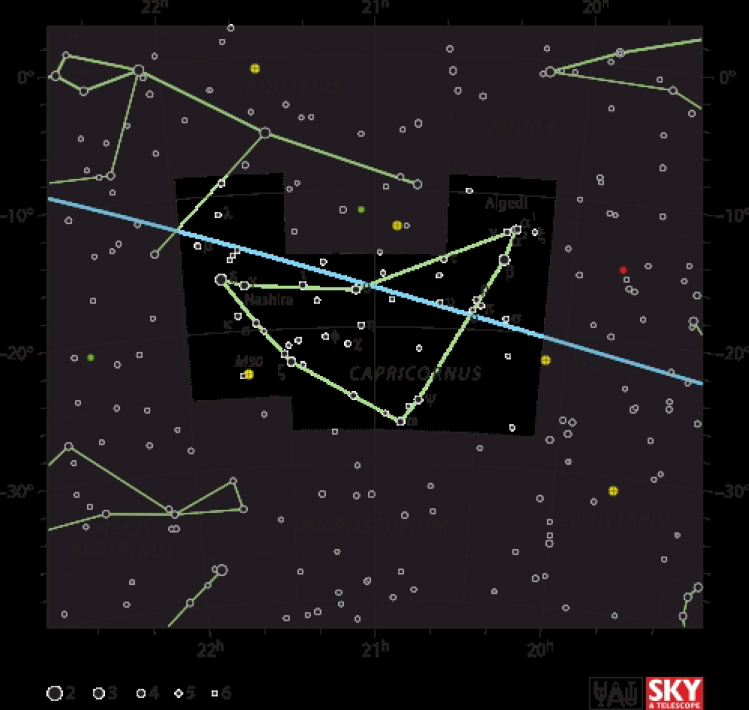Blog
Night Sky : August 2021
2nd: Saturn at opposition (figure 1). In constellation Capricornus it will be visible most of the night (22:33 to 04:17), above South East horizon. Reaching highest point in the sky at 01:25, above Southern horizon. In positional astronomy, two astronomical objects are in opposition when they are on opposite sides of the celestial sphere, as observed from a given body (usually Earth). A planet (asteroid or comet) is said to be "at opposition" when it is in opposition to the Sun. Saturn will be 1336.7 million km (1.3 billion km) from Earth.

Figure 1.
12th: Perseid meteor shower (figure 2) will display 17th July to 24th August. Radiant point being constellation Pereus (figure 3). Radiant point will be above the horizon. Best meteor display will be prior to dawn and following dusk between 9th and 13th August. The shower consists of fragments of space debris from comet 109P/Swift Tuttle.

Figure 2.

Figure 3.
18th: κ (kappa ) - Cygnid meteor shower (figure 4). Active 3rd to 25th, producing most meteors approximately 18th. Constellation Draco (figure 5) the shower will be active throughout the night. Best displays approximately 23:00 BST, when radiant point is highest in the sky. Parent body is minor planet 2008 – ED69. Possible to see 2 meteors per hour.

Figure 4.

Figure 5.
20th: Jupiter at opposition (figure 6), when it lies opposite the Sun. Constellation Capricornus (figure 8). Visible between 21:32 and 05:11. Becoming accessible above South East horizon. Reaching highest point at 01:21, above Southern horizon. Becoming inaccessible at 05:11 when it disappears above South Western horizon. Jupiter will be 600 million km from Earth.

Figure 6.
20th: Conjunction of Moon and Saturn (figure 7). Visible between 21:00 and 03:20. Visible above South East horizon. Reaching highest point at 00:10, above Southern horizon. Becoming inaccessible approximately 03:20, Saturn will be 1344 million km from Earth and the Moon will be 372599 km from Earth. Constellation Capricornus (figure 8).

Figure 7.

Figure 8.
21st: Close approach of Moon and Saturn (figure 9). Visible from 20:53 (BST), above South East, as darkness begins. Observable until approximately 03:18 to the South West. Saturn will be 1345 million km from Earth, the Moon will be 375795 km from Earth. Constellation Capricornus (figure 8).

Figure 9.
22nd: Conjunction of Moon and Jupiter also, close approach of the two bodies. (figure 10). Visible 21:25 to 05:05 looking South East. Reaching highest point at 01:15 and fading to South West. Jupiter will be 600 million km from Earth, the Moon will be 379335 km away, in constellation Capricornus (figure 8).

Figure 10.
22nd: Full Moon (figure 11). Called sturgeon Moon because of the large number of fish in the lakes where the Algonquin tribes fished. Other names include Green Corn Moon, Barley Moon, Fruit Moon, and Grain Moon from Old English/Anglo, Saxon.

Figure 11.
WARNING: Never attempt to view through binoculars, telescope or any optical aid an object near to the Sun. Also, never attempt to view the Sun, aided or unaided, doing so may result in immediate and permanent blindness. Always use astronomical approved viewing equipment.
The Stellarium software will assist greatly in locating objects in the sky.
Mark R Smith FRAS FRi
Physicist:
Nuclear Fusion Physics & Astrophysics
